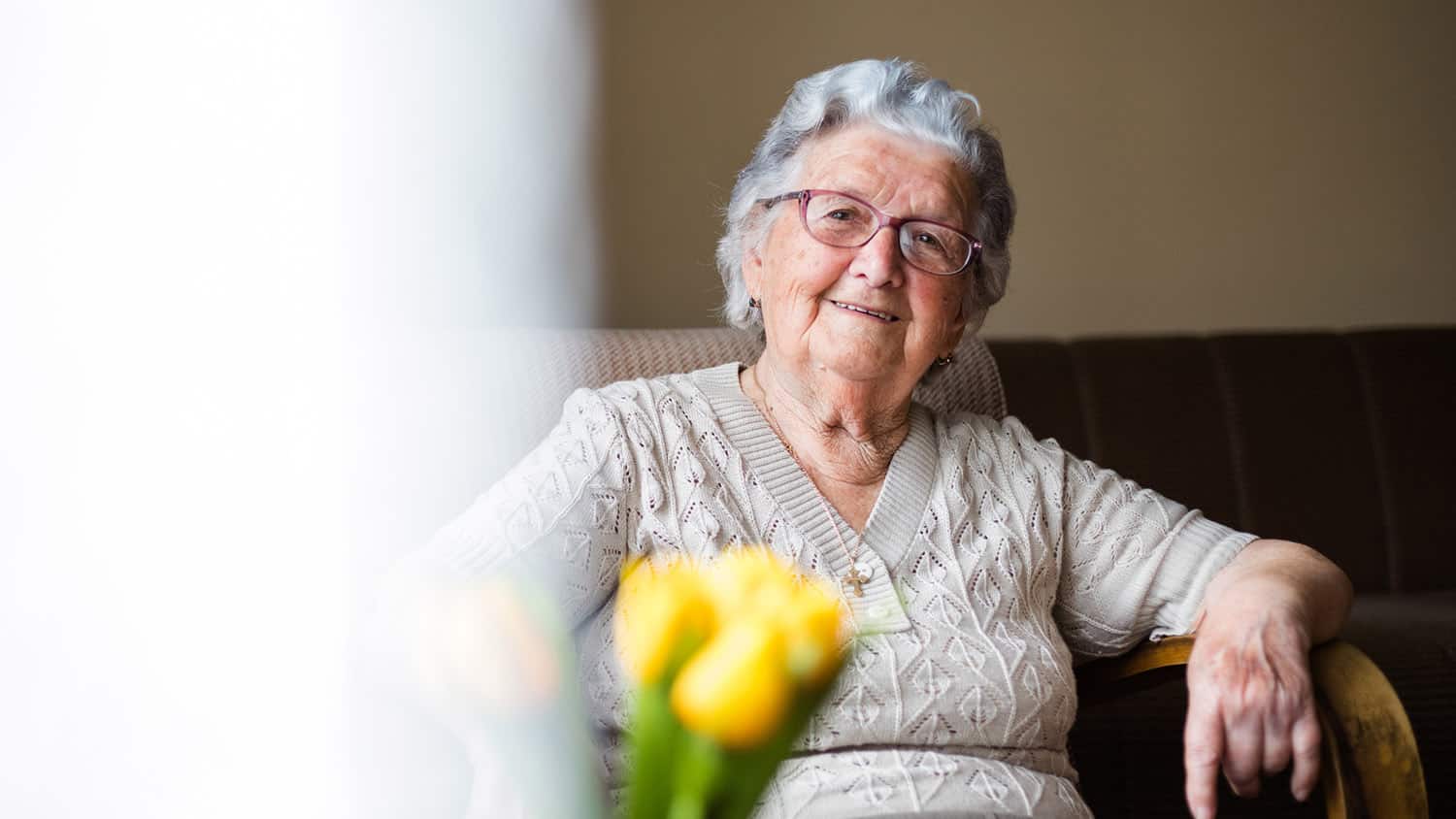
3 Tips to Creating a Dementia-Friendly Home: It May Take Some Effort but Is Worth the Safety It Provides!
Dementia does not look the same for everyone, and oftentimes, we do not know how symptoms will transpire in each person until after they’ve occurred.
More people are hoping to live in their homes longer despite dementia, which requires certain safety measures to be established.
Each home is unique and requires different changes, but most require the same three types of modification. This is a great start to getting a home “dementia-friendly.”
Some of these changes may not feel necessary right now but the goal is to be pro-active rather than reactive.
Add Door Alarms
According to the Alzheimer’s Association, six in 10 people with dementia wander. I have obtained several clients who were referred to me after they had wandered from their home and were later returned by the police.
In order to prevent this scenario, I recommend installing door alarms. The key is to have an alarm that is obnoxious. A nice chime or bell will be pleasant and could encourage repeated opening and closing of the door while an obnoxious sound will deter it.
However, you don’t want your loved one to dislike using the door all together, so be sure to frequently turn off the alarm and safely accompany the person with dementia outside for a fun activity! They will be comfortable with the door when accompanied but deterred from opening it on their own.
Remove Throw Rugs
People with dementia often have visual and physical challenges as a result of their condition and/or aging. Specifically, they may begin to shuffle their feet and easily get caught up on throw rugs.
While they may make the room feel warmer, having rugs can also be problematic. For some, though not all, types of dementia, dark rugs can look like holes and rugs with patterns can be overwhelming and look like moving parts.
This could cause the patient to avoid the room with the rug or try to step over it. One option is installing carpet over the entire floor. You can also use area rugs that touch the perimeters of the room or remove them all together.
Switch Toxic Products with Non-Toxic Ones
Many of my clients have mistaken soap or cleaner for a drink, which often results in a trip to the hospital. Prevent this scenario from happening by locking up toxic products and replacing everyday household products (especially hand soap, shampoo, conditioner, etc.) with non-toxic options.
It is best to look at the labels and be sure they do not read: “Keep out of the reach of children” or “Contact poison control if ingested.” There are many brands that are child-friendly and this will provide a safe way for the person with dementia to continue to be independent.
What’s Next?
Oftentimes, there are more changes that need to be made to make it appropriate for someone with dementia to keep living in their own home. You may want to schedule a dementia environment assessment and/or a certified aging-in-place assessment.
Keep in mind that one’s ability to stay in their home with dementia depends on many factors and we have to adjust as the disease progresses. These three changes will help you get started.
What adjustments have you had to make to safe proof the home of a loved one living with dementia? Have you consulted an expert to help you with those adjustments? Please share your tips and stories in the comments below.






